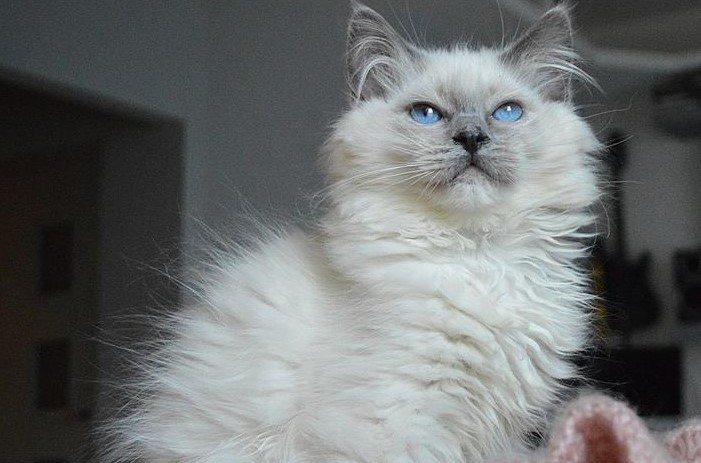Ragdoll cats are known for their stunning semi-long fur, striking blue eyes, and friendly temperament. While their luxurious coats are one of their most cherished features, it’s important to understand that these feline beauties undergo seasonal changes in their fur. In this article, we’ll delve into the differences between a Ragdoll’s summer and winter coat, and how you can help your beloved cat stay comfortable and healthy year-round.
Summer Coat: Lighter and Shorter
As temperatures rise during the summer months, Ragdoll cats naturally shed their thicker winter coats in favor of a lighter, shorter one. Here’s what you can expect from your Ragdoll’s summer coat:
- Shorter Length: The most noticeable change during summer is the reduction in fur length. Ragdolls shed their excess winter fur, leading to a sleeker appearance. Their fur will be shorter and more manageable during this season.
- Lighter Weight: The summer coat is not only shorter but also lighter in weight. This adaptation helps Ragdolls stay cooler in hot weather.
- Thinner Density: The density of the fur may decrease as well, giving your Ragdoll a leaner appearance. This helps regulate their body temperature and prevents overheating.
- Reduced Shedding: While Ragdolls are not heavy shedders compared to some other breeds, you may notice a slight increase in shedding during the transition from winter to summer. Regular brushing can help manage loose fur and prevent matting.
Winter Coat: Thick and Fluffy
As the weather turns colder, Ragdolls grow in their thicker, fluffier winter coats. Here are the key characteristics of a Ragdoll’s winter coat:
- Increased Length: To combat the cold, Ragdoll cats will grow out their fur to a longer length. This extra insulation helps keep them warm during the winter months.
- Denser Fur: The winter coat is not only longer but also denser. The individual hairs become thicker and more tightly packed, creating that plush appearance that Ragdolls are famous for.
- Warmer and Heavier: The winter coat is designed to provide maximum warmth, so it will feel heavier and warmer to the touch. This extra insulation is crucial for keeping your Ragdoll comfortable in cold weather.
- Reduced Shedding: During winter, Ragdolls typically shed less compared to the summer months. Their bodies retain their fur to help them stay warm, which means less loose hair around your home.
How to Care for Your Ragdoll’s Seasonal Coats
To ensure your Ragdoll remains comfortable and healthy throughout the year, here are some essential care tips:
- Regular Brushing: Regardless of the season, regular brushing is crucial for preventing matting and maintaining your Ragdoll’s coat. Increase the frequency of brushing during the shedding season to help remove loose fur.
- Temperature Control: Keep your home at a comfortable temperature year-round. Ragdolls are sensitive to extreme temperatures, so ensure they don’t get too hot in summer or too cold in winter.
- Proper Nutrition: A balanced diet is essential for maintaining the health and condition of your Ragdoll’s coat. Consult with your veterinarian to ensure your cat’s dietary needs are met.
- Hydration: During the warmer months, make sure your Ragdoll has access to fresh water to stay hydrated. Proper hydration supports healthy skin and coat.
Conclusion
Understanding the differences between a Ragdoll’s summer and winter coat is essential for providing proper care and ensuring your cat’s comfort. While these seasonal changes are a natural part of a Ragdoll’s life, responsible grooming, temperature control, and attention to nutrition will help your furry friend stay happy and healthy all year round, whether they are showcasing their shorter summer coat or their plush winter fur.



